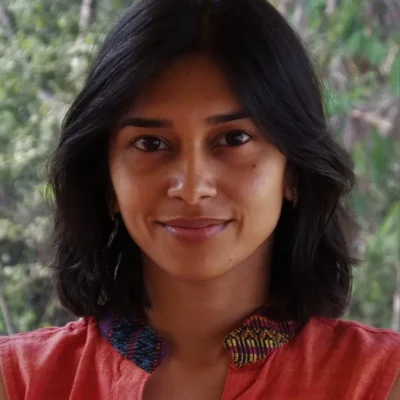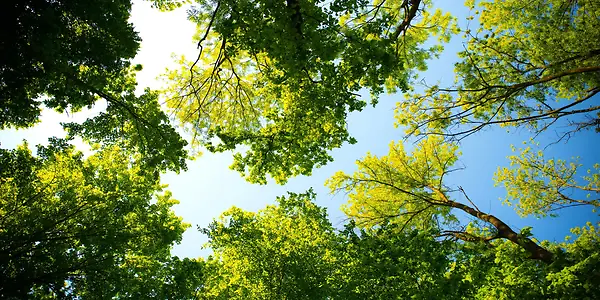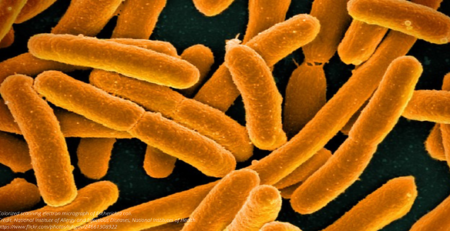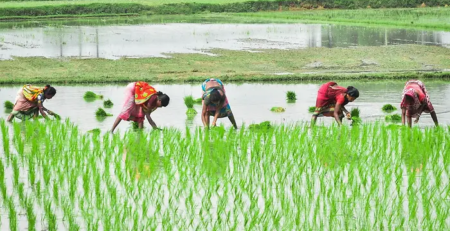Scientists use modeling tools, called Dynamic Global Vegetation Models, to project what vegetation types we may see in a region based on its predicted future climate under different scenarios of greenhouse gas emission. These intensive models have become quite sophisticated, improving as we get better at climate forecasting and gather more data on physiology, traits and community dynamics of different vegetation. Often, these baseline data come from staple ecological research. For instance, knowing how plant species withstand different levels of water availability, based on their physiology of water use, will determine what kinds of plant species will make up the vegetation community when the climate becomes warmer or drier.Massive rejigs in a new worldWhat happens to individual species will cascade through levels of ecological organization. Ecologists try to understand these cascades for different organisms and places. In the tropical Americas, rising temperatures have increased the proportion of heat-loving or heat-tolerant plant species. Data suggests that many plants, insects, birds and mammals in tropical regions may be close to the limits of their thermal tolerance. So small rises in temperature can endanger them. Even if species manage to move towards more optimal climates there will be massive reorganization of ecological communities with competition among species in the novel environmental conditions.Of course, the key question is, do these changes matter and for whom? The earth has gone through many such shifts in climate previously. Alongside, species have gone extinct and ecosystems have changed. New species have emerged and different ecosystems have formed. So, what’s different or problematic with the changes happening today due to human activities?What’s so special about this change?Well, for one, never before in geological history has the climate changed so rapidly at the planetary scale. Few species can keep up. The pace of change today does not give enough time for evolutionary processes to play out such that newer species emerge to replace the ones that go extinct. There have been instances of rapid evolutionary adaptations to the changing conditions. But, these are far from enough. Rates of species extinction today may be as much as 100 times more than background extinction rates through the rest of geological time. Even considering the past five ‘mass extinctions’ in Earth’s history, the ongoing sixth mass extinction is the most drastic.Also, unlike past climate change, biodiversity today has to deal with multiple stresses from human activities. For instance, roads, farms, mines, etc. break up larger tracts of natural habitat into smaller parcels. Many species cannot move through this inhospitable human matrix to get to new places where the climate may be more suitable. Species in remnant habitat fragments may be at greater risk in a changing climate because these small, disturbed parcels are less buffered from climatic vicissitudes than large, intact habitats. For many species, their populations in habitat fragments may be too small to absorb ‘bad years’ in a changing climate, increasing the risk of local extinctions. Ecologists refer to this consortium of changes as “global environmental change”.Should we care?The impacts of global environmental change may cost humans if key ecosystem services get hit (e.g., carbon storage, watersheds, nutrient cycling). Without ecosystems to buffer extremes in weather and with local biodiversity disappearing, people’s livelihoods may fall apart in many places. Utilitarian concerns apart however, our response to the loss of biodiversity due to global change is also an ethical question. One single species is appropriating ~80% of planetary production, pushing thousands of other species into oblivion. Human activities are pushing Earth’s systems past tipping point, which previously was done only by giant meteorites and persistent volcanism. Is it therefore our ethical responsibility to mitigate the planetary consequences of human actions? The answer may not be easy, workable solutions even harder, but our choices today will irrevocably shape the future of biodiversity on a changing planet.Dr. Meghna Krishnadas, a Senior Scientist at CCMB, is a clinician turned ecologist and scientist. Her lab and team at CSIR-CCMB study how biodiversity and ecological communities are affected by human influence. Dr. Krishnadas completed her PhD from Yale University, USA, and postdoctoral research from the National Centre for Biological Sciences (NCBS), India.











